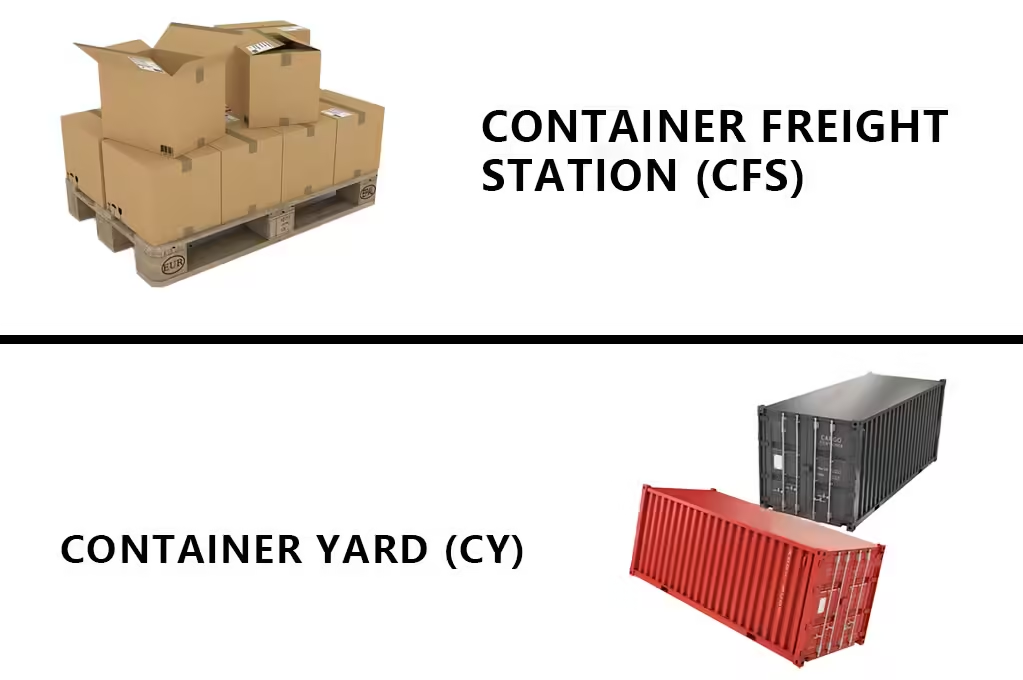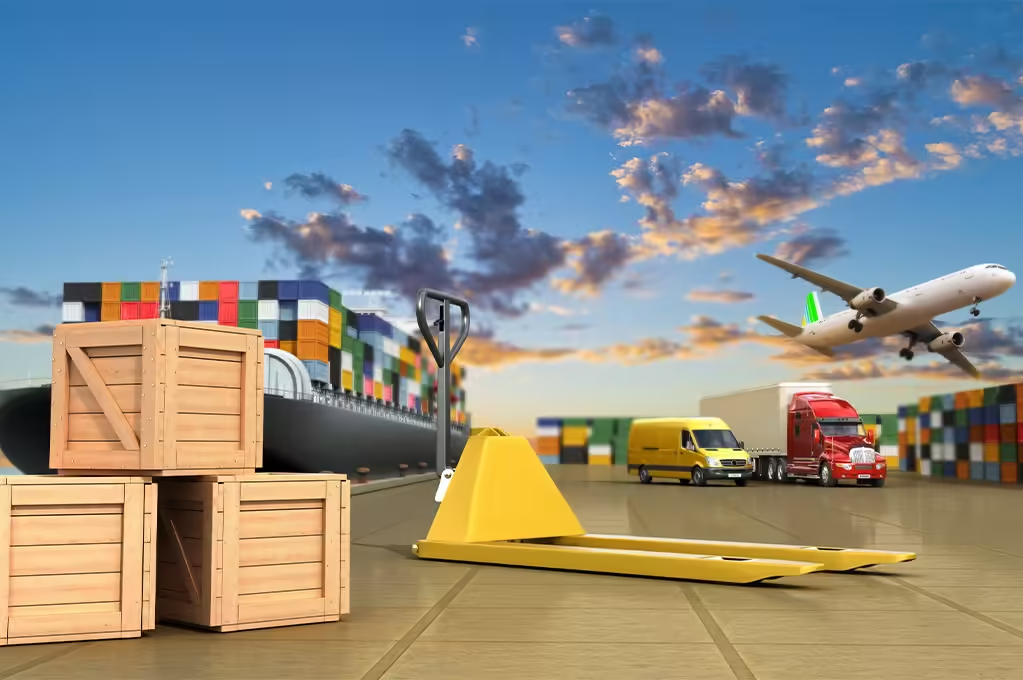Overview to Sea Freight Packing Methods
Sea freight, a cornerstone of global trade, involves transporting goods across vast distances via maritime routes. Central to the success of any sea freight operation is the method used to pack cargo into containers. This article explores two common packing methods in 海貨物: packing at a Container Freight Station (CFS) and packing at a Container Yard (CY). We will define each method, outline their respective operational processes, highlight their advantages, and discuss the key differences between them to help you make an informed decision.
Container Freight Station (CFS)
Definition and Operation
A Container Freight Station (CFS) is a specialized facility where Less Than Container Load (LCL) shipments are consolidated into a single container. This method is ideal for shippers who do not have enough cargo to fill an entire container. At the CFS, individual shipments from multiple clients are gathered, inspected, and packed into a container by trained personnel. Once packed, the container is sealed and dispatched to the port for loading onto a vessel.
Upon arrival at the destination, the container is transported to a local CFS, where the cargo is deconsolidated and made available for individual pickup by consignees. The CFS acts as a central point for managing the logistics of smaller shipments, providing a streamlined process for both importers and exporters.
Advantages of CFS Packing
- Economical: Sharing the space and cost of a container makes CFS packing an affordable option for smaller shipments.
- Convenience: Shippers can send smaller batches of goods without worrying about filling an entire container.
- Centralized Management: The CFS handles all documentation and consolidation, reducing the administrative workload for shippers.

Container Yard (CY)
Definition and Operation
Container Yards (CY) are areas at ports where Full Container Load (FCL) shipments are processed. When a shipper has sufficient cargo to fill an entire container, the container is packed directly at the shipper’s premises or at a designated location near the port. The shipper is responsible for loading the container, ensuring that the cargo is properly secured and meets all safety standards.
Once the container is packed and sealed, it is transported to the CY at the port. There, the container is inspected, and if everything is in order, it is loaded onto a vessel for transport. Upon arrival at the destination port, the container is stored temporarily at the CY until it is picked up by the consignee.
Advantages of CY Packing
- Control: Shippers retain full control over the packing process, ensuring that goods are loaded and secured according to their specifications.
- Efficiency: FCL shipments are generally processed faster, as there is no need to consolidate or deconsolidate cargo.
- Cost-Effective: For larger shipments, CY packing can be more cost-effective since the cost is spread over the entire container
Distinguishing Between CFS and CY Packing Methods
Key Differences
The primary distinction between CFS and CY packing lies in the scale and control of the cargo handling process. CFS packing is geared towards smaller shipments, offering a cost-sharing solution for those who cannot fill an entire container. On the other hand, CY packing is designed for larger volumes, providing shippers with the autonomy to manage their own cargo.
Another notable difference is the level of involvement in the packing process. With CFS, third-party handlers manage the consolidation and packing, whereas CY packing allows shippers to oversee the entire process themselves. This hands-on approach can be beneficial for ensuring the proper handling of delicate or valuable items.

How to Choose the Right Method
Selecting the appropriate packing method in 海貨物 depends on several factors, including the volume of your shipment, the urgency of delivery, and your budget constraints. For smaller shipments, CFS offers a practical and cost-effective solution. If you have a larger volume of goods and prefer to maintain control over the packing process, CY packing would be more suitable.
It’s also worth considering the nature of your goods. For example, if your products are sensitive to environmental conditions or require special handling, CY packing might be preferable as it allows for more personalized attention to detail during the loading phase.
whether you opt for the convenience and cost-effectiveness of CFS packing or the control and efficiency of CY packing, understanding the operational details and advantages of each method is crucial for optimizing your 海貨物 logistics.

